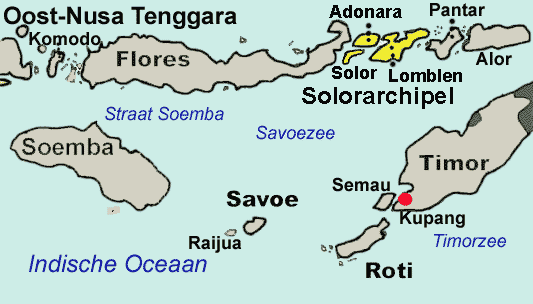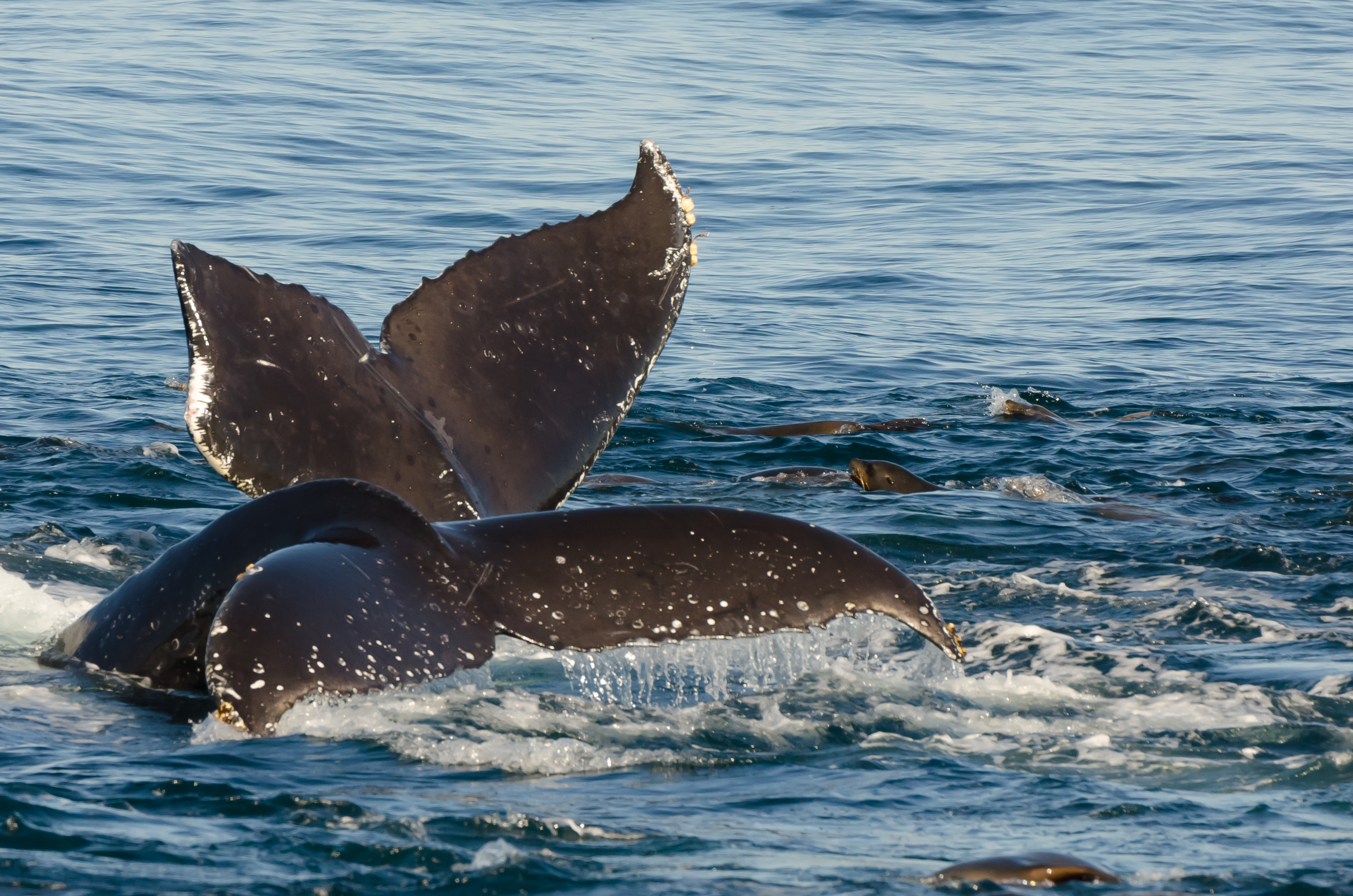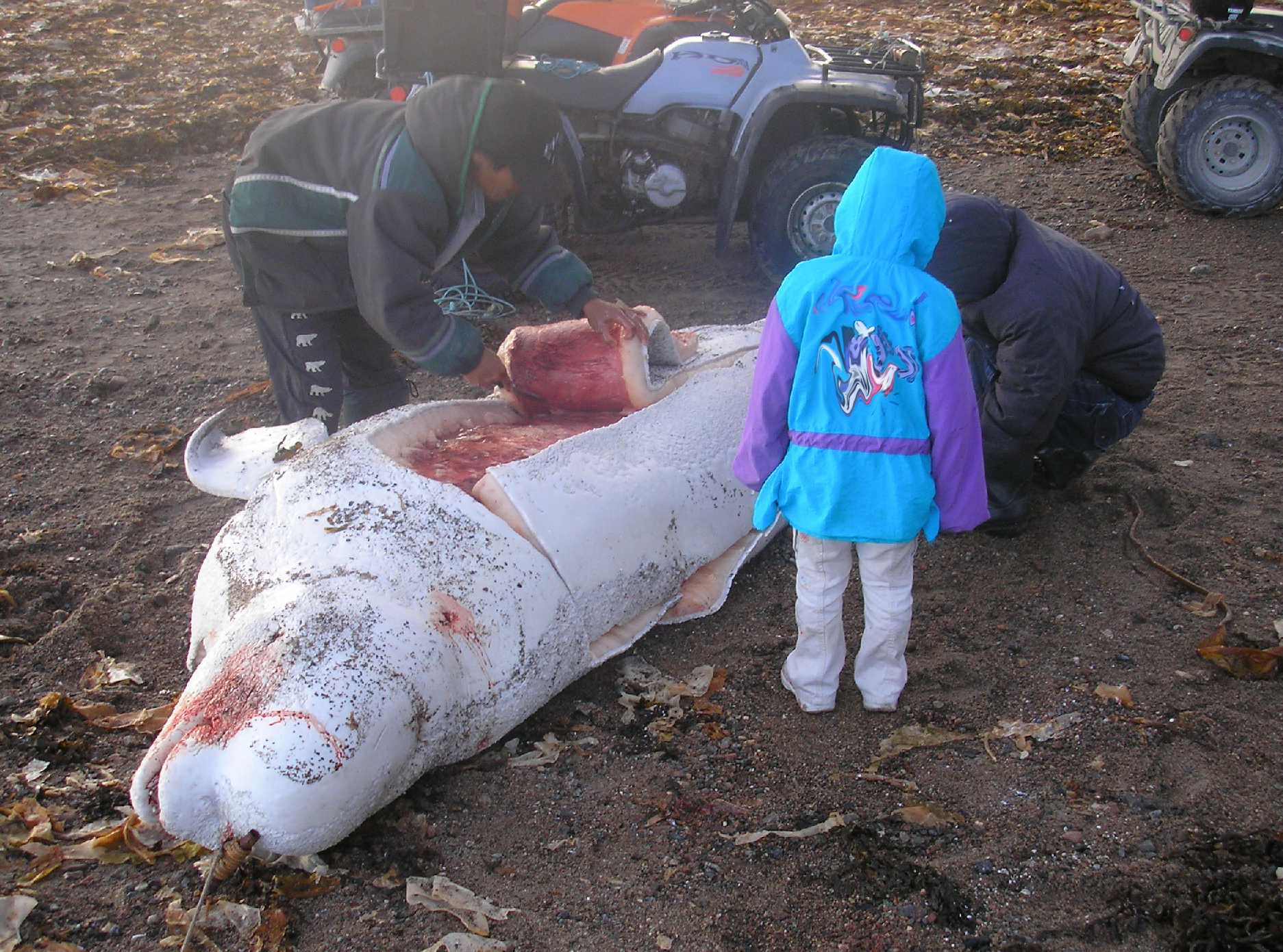|
Lamakera, Indonesia
Lamakera in 1904 Lamakera is a village in Indonesia, on the east tip of Solor Island. It was known for being the place where the most manta rays are killed. It was featured in the 2015 documentary film ''Racing Extinction''. The villagers also hunted whales. History In 1520, the Portuguese established a trading post at Lamakera as a transit harbor between Maluku and Portuguese Malacca. Economy The village used to rely on marine resources because it had no farm. Lamakera was situated in a manta ray hotspot, and so was responsible for one-third of the global catch. They had been known to hunt many kinds of whales and porpoises (''temu'') in a period between March and August; they also used to hunt baleen whales (''kelaru'') but had since ceased out of a traditional prohibition. Blue whales (''lélangaji'', "great ancestor") are prohibited as they are deemed sacred. Each whaler is equipped with different types of harpoons (''kāfé'') made for particular sea game – the smallest ... [...More Info...] [...Related Items...] OR: [Wikipedia] [Google] [Baidu] |
Sperm Whaling
Sperm whaling is the human practice of hunting sperm whales, the largest toothed whale and the deepest-diving marine mammal species, for the whale oil, oil, whale meat, meat and whale bone, bone that can be extracted from the cetaceans' bodies. Sperm whales are prized for the sperm oil, a waxy secretion that was especially popular as a lubricant and illuminant during the Industrial Revolution, and so they were heavily targeted in 19th-century commercial whaling, as exemplified in ''Moby Dick''. Sperm oil has since been replaced by the cheaper kerosene-based products, but another unusual product, ambergris, is still valued as a fixative (perfumery), perfume fixative. Although the animal is classified as a vulnerable species and commercial whaling has been banned since the 1970s, aboriginal whaling in limited numbers is still permitted for subsistence, notably from two villages in Indonesia. Economic motivation Sperm whales were hunted in the 19th century by American, British an ... [...More Info...] [...Related Items...] OR: [Wikipedia] [Google] [Baidu] |
Solor Archipelago
The Solor Archipelago (; ) is a group of islands in the Lesser Sunda Islands, Indonesia, lying to the east of Flores and the west of the Alor Strait and the Alor Archipelago. To the north is the west part of the Banda Sea, while to the south across the Savu Sea lies the island of Timor. The largest islands are, from west to east, Solor, Adonara, and Lembata (formerly known as Lomblen), although there are many small islands as well. Administratively, the islands of Solor and Adonara are included within the East Flores Regency, while Lembata (with smaller offshore islands) forms its regency (''kabupaten''), the Lembata Regency. Both regencies lie within the provinces of Indonesia, province of East Nusa Tenggara. The islands are listed below with their areas and their populations at the 2010 Census and the 2020 Census, and according to the official estimates for mid-2024, together with the number of administrative districts (''kecamatan'') on each island. In addition to the natio ... [...More Info...] [...Related Items...] OR: [Wikipedia] [Google] [Baidu] |
Populated Places In East Nusa Tenggara
Population is a set of humans or other organisms in a given region or area. Governments conduct a census to quantify the resident population size within a given jurisdiction. The term is also applied to non-human animals, microorganisms, and plants, and has specific uses within such fields as ecology and genetics. Etymology The word ''population'' is derived from the Late Latin ''populatio'' (a people, a multitude), which itself is derived from the Latin word ''populus'' (a people). Use of the term Social sciences In sociology and population geography, population refers to a group of human beings with some predefined feature in common, such as location, race, ethnicity, nationality, or religion. Ecology In ecology, a population is a group of organisms of the same species which inhabit the same geographical area and are capable of interbreeding. The area of a sexual population is the area where interbreeding is possible between any opposite-sex pair within the area ... [...More Info...] [...Related Items...] OR: [Wikipedia] [Google] [Baidu] |
Islam In Indonesia
Islam is the largest religion in Indonesia, with 87.06% of the Indonesian population identifying themselves as Muslims, based on Civil registration, civil registry data in 2023. In terms of denomination, the overwhelming majority are Sunni and Non-denominational Muslim, Non-denominational Muslims; the Pew Research Center estimates them as comprising ~99% of the country's Muslim population in 2011, with Shia Islam in Indonesia, the remaining 1% being Shia, who are concentrated around Jakarta, and about 400,000 Ahmadi Islam, Ahmadi as well. In terms of maddhab, schools of jurisprudence, based on demographic statistics, 99% of Indonesian Muslims mainly follow the Shafi'i school, although when asked, 56% do not adhere to any specific school. Trends of thought within Islam in Indonesia can be broadly categorized into two orientations: "Modernism (Islam in Indonesia), modernism", which closely adheres to orthodox theology while embracing modern learning, and "Traditionalism (Isla ... [...More Info...] [...Related Items...] OR: [Wikipedia] [Google] [Baidu] |
Whale Watching
Whale watching is the practice of observing whales and dolphins (cetaceans) in their natural habitat. Whale watching is mostly a recreational activity (cf. birdwatching), but it can also serve scientific and/or educational purposes.Hoyt, E. 2009. Whale watching. In Encyclopedia of Marine Mammals, 2nd Edition (Perrin, W.F., B. Würsig and J.G.M. Thewissen, eds.) Academic Press, San Diego, CA., pp1219-1223. A study prepared for International Fund for Animal Welfare in 2009 estimated that 13 million people went whale watching globally in 2008. Whale watching generates $2.1 billion per annum in tourism revenue worldwide, employing around 13,000 workers.O’Connor, S., Campbell, R., Cortez, H., & Knowles, T., 2009, Whale Watching Worldwide: tourism numbers, expenditures and expanding economic benefits, a special report from the International Fund for Animal Welfare, Yarmouth MA, US, prepared by Economists at Large. http://www.ecolarge.com/work/whale-watching-worldwide/ The size a ... [...More Info...] [...Related Items...] OR: [Wikipedia] [Google] [Baidu] |
CITES
CITES (shorter acronym for the Convention on International Trade in Endangered Species of Wild Fauna and Flora, also known as the Washington Convention) is a multilateral treaty to protect endangered plants and animals from the threats of international trade. It was drafted as a result of a resolution adopted in 1963 at a meeting of members of the International Union for Conservation of Nature (IUCN). The convention was opened for signature in 1973 and CITES entered into force on 1 July 1975. Its aim is to ensure that international trade (import/export) in specimens of animals and plants included under CITES does not threaten the survival of the species in the wild. This is achieved via a system of permits and certificates. CITES affords varying degrees of protection to more than 40,900 species. , the Secretary-General of CITES is Ivonne Higuero. Background CITES is one of the largest and oldest conservation and sustainable use agreements in existence. There are three workin ... [...More Info...] [...Related Items...] OR: [Wikipedia] [Google] [Baidu] |
Manta Trust
The Manta Trust is a UK-based charity that was formed in 2011 to co-ordinate global research and conservation efforts for manta rays, their close relatives and their habitat. As charismatic megafauna, manta rays act as a flagship species, helping to promote and engage the general public in the wider message of marine ecosystem conservation. Through this top down approach to conservation the manta ray becomes the catalyst for change, engaging and motivating the general public, governments and local communities alike. A UK Registered Charity, the Trust brings together a number of projects from around the globe, both new and long-standing, including the Republic of Maldives, Sri Lanka, Mexico and Indonesia. By conducting long-term, robust studies into manta populations in these locations, the trust aims to build the solid foundations upon which Governments, NGOs and conservationists can make informed and effective decisions to ensure the long-term survival of these animals and their h ... [...More Info...] [...Related Items...] OR: [Wikipedia] [Google] [Baidu] |
The New York Times
''The New York Times'' (''NYT'') is an American daily newspaper based in New York City. ''The New York Times'' covers domestic, national, and international news, and publishes opinion pieces, investigative reports, and reviews. As one of the longest-running newspapers in the United States, the ''Times'' serves as one of the country's Newspaper of record, newspapers of record. , ''The New York Times'' had 9.13 million total and 8.83 million online subscribers, both by significant margins the List of newspapers in the United States, highest numbers for any newspaper in the United States; the total also included 296,330 print subscribers, making the ''Times'' the second-largest newspaper by print circulation in the United States, following ''The Wall Street Journal'', also based in New York City. ''The New York Times'' is published by the New York Times Company; since 1896, the company has been chaired by the Ochs-Sulzberger family, whose current chairman and the paper's publ ... [...More Info...] [...Related Items...] OR: [Wikipedia] [Google] [Baidu] |
Whale Conservation
Whale conservation refers to the critical global effort aimed at protecting and preserving whale populations that have been historically threatened by human activities, particularly whaling. The ongoing conservation efforts involve complex debates surrounding whale protection, including discussions about scientific research, cultural practices, economic considerations, and ethical concerns about whale hunting. Conservation initiatives focus on various strategies such as legal protections, habitat preservation, and mitigating threats from fishing gear entanglements and marine pollution. With an emphasis on international cooperation and scientific research, these efforts aim to maintain marine biodiversity and support the ecological balance vital to ocean health. Conservation status Prior to the setting up of the International Whaling Commission, IWC in 1946, unregulated whaling had depleted a number of whale populations to a significant extent, and several whales species were sever ... [...More Info...] [...Related Items...] OR: [Wikipedia] [Google] [Baidu] |
Aboriginal Whaling
Aboriginal whaling or indigenous whaling is the hunting of whales by indigenous peoples recognised by either IWC (International Whaling Commission) or the hunting is considered as part of indigenous activity by the country. It is permitted under international regulation, but in some countries remains a contentious issue. (The hunting of smaller cetaceans is covered at Dolphin drive hunting.) It is usually considered part of the subsistence economy. In some places, whaling has been superseded by whale watching instead. This article deals with communities that continue to hunt; details about communities that have ended the practice may be found in History of whaling. International regulation Under the terms of the 1986 moratorium, the International Whaling Commission allows the activity to be carried out by aboriginal groups if it occurs on a subsistence basis, similar to subsistence fishing. This Aboriginal Subsistence Whaling is restricted to native peoples and others working ... [...More Info...] [...Related Items...] OR: [Wikipedia] [Google] [Baidu] |
International Whaling Commission
The International Whaling Commission (IWC) is a specialised regional fishery management organisation, established under the terms of the 1946 International Convention for the Regulation of Whaling (ICRW) to "provide for the proper conservation of whale stocks and thus make possible the orderly development of the whaling industry". As the decision-making body of the convention, the IWC reviews and revises measures laid down in the "Schedule to the Convention", which govern the conduct of whaling throughout the world. These measures include: confer complete protection of certain species; designate specific areas as whale sanctuaries; set limits on the numbers and size of whales which may be taken; prescribe open and closed seasons and areas for whaling; and prohibit the capture of suckling calves and female whales accompanied by calves. The Commission also mandates the compilation of catch reports and other statistical and biological records, and is actively involved in whale res ... [...More Info...] [...Related Items...] OR: [Wikipedia] [Google] [Baidu] |






